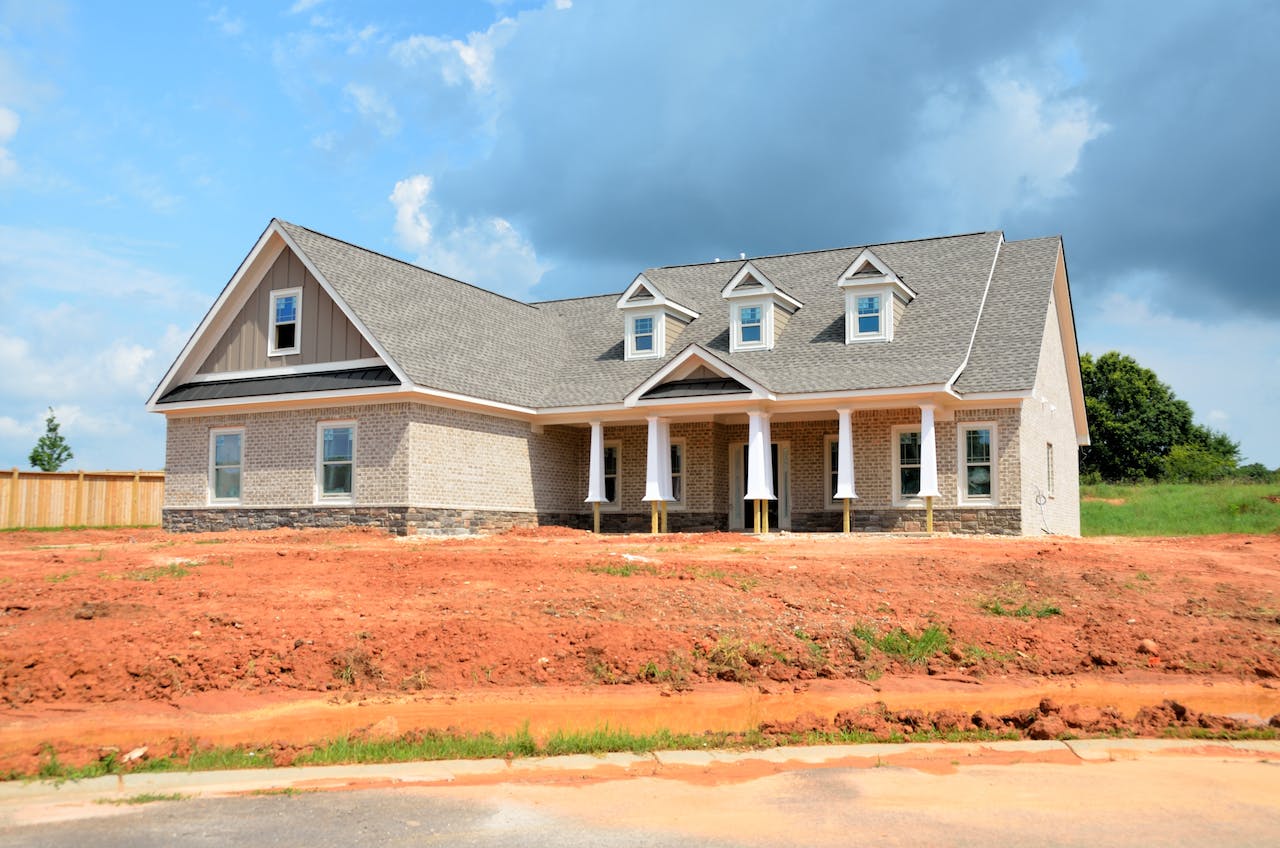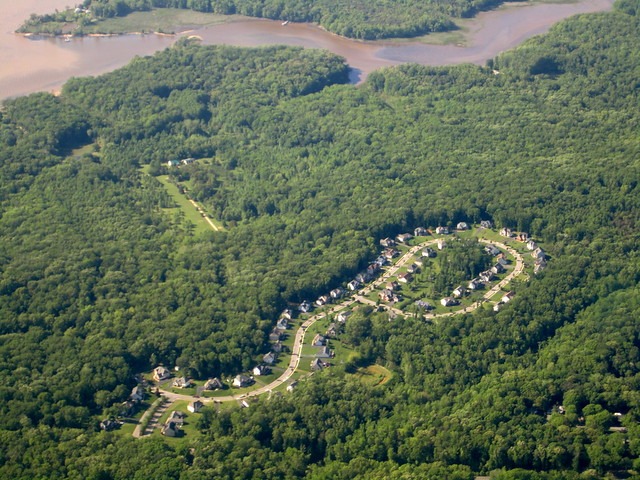How New Homes Harm Animal Habitats

I’m currently building an off grid house. But even those kinds of new homes can harm animal habitats. Here’s why
By Chere Di Boscio
I put a lot of thought into my new-build home. It has a grey water tank for the organic veggie garden I’m planning. There are solar panel options, though the home is also wired. We chose satellite wifi instead of routers, because it’s meant to radiate less EMF. And the site we chose for the house was an old cornfield, surrounded by forest. None of the trees were cut.
Yet no matter how careful one is when planning a new build, the sad fact remains: one of the most important causes of habitat destruction is housing growth. This is manifested both in rural and urban sprawl.
More than just houses
There’s no doubt that new homes harm animal habitats. But there’s more to it. Habitats are affected by infrastructure surrounding houses, like roads. And also from human disturbances on the larger landscape.
For example, housing development:
- increases impervious surfaces
- increases the risk of fire
- spreads pollutants
- changes nutrient and biogeochemical cycles
- causes light pollution
- causes EMF (electromagnetic frequency) pollution
- and more.
All these impacts are exacerbated by residents’ activities such as landscaping, introduction of non-native (sometimes invasive) species, and support for domestic predators.
Changing land use and removing the natural land cover introduces new barriers to wildlife movements. In this newly fragmented landscape, the remaining natural fragments are often too small to sustain viable populations of native species, while housing growth favours “human adapted” synanthropic species.
As a result, native wildlife typically decreases in abundance and richness.
Image below: rural sprawl. Photo credit: La Citta Vita/ Flickr
Protected areas are even at risk
Housing growth even poses the main threat to protected areas (PAs) in the United States, according to Radeloff et al. in “Housing growth in and near United States protected areas limits their conservation value”.
How so? Beautiful nature attracts people. As a consequence, since the 1940s, housing growth at the boundaries (up to 50km from the edge) of protected areas has increased at a rate far higher than the average housing growth in the US. The authors mentioned above predict a scary total of 17 million additional houses within 50 km of PAs (national parks, national forests and wilderness areas) and 1 million within 1 km by 2030. For a comparison, there were approximately 137.4 million housing units in the US in 2017).
Several studies have found that housing growth and rural sprawl over the past 40-50 years have detrimentally changed PAs and their surroundings, greatly diminishing their conservation value. A sad fact supporting this conclusion: the abundance and richness of bird species of greatest conservation need are strongly negatively related to housing density at the boundary of PAs, and this effect has increased with time.
Suggestions ignored
Conservation biologists and other environmental scientists have made recommendations for managing the detrimental effects of housing growth on PA’s biodiversity. These include:
- more effective management strategies by municipalities and developers
- restricting housing development near PA’s boundaries (buffer zones)
- disincentivising development in certain sensitive areas
- reducing local or regional population increases.
Although between 1985 and 2000, growth in the number of households (and consequently housing units) globally was even more rapid than aggregate population growth, the relationship between population growth and housing growth is very straightforward.
During that period, population growth contributed 58% to household growth in countries including one or more biodiversity hotspots. These are defined as areas rich in endemic species and threatened by human activities. The remaining growth is mostly explained by the reduction in household size. That occurs in countries of both small and large average household sizes.
Concerning urban sprawl, it’s driven by both population growth and redistribution of existing populations. Agricultural, natural and semi-natural spaces are fast turning into urban and other artificial uses.

Population is the ultimate issue
Urban planners often suggest high density, compact development cities are the main solution to urban sprawl. Key phrases they use include: “managed growth,” “smart planning”, “sustainable urban planning”, and “green” cities. However, this approach to urban sprawl ignores the root cause of housing growth and increased development. Namely, the growing demands of an ever-growing population
We might think that housing growth is coming to an end soon in countries with below replacement fertility rates and small average household sizes. Unfortunately, this is not the case. That’s mainly due to immigration-driven population growth. This is another topic most conservationists ignore.
To illustrate this point, in tiny Luxembourg, with a total population of around only 660,000, a whopping 129,000 new homes will be needed by 2030. That’s to cope with the second largest population growth rate in Europe – from migrants.
In addition, Germany is struggling to meet growing demand, even with 290,000 new dwellings being built per year (2016). The situation is little better in Sweden, which needs to build 600,000 homes by 2025 to satisfy the demands of a growing population. Again, this is from migrants. Sweden has the lowest household size in the world, with 1.9 people per household. But demographic changes due to vast immigration will likely change that.
Is there hope?
Armed with immense understanding of how homes harm animal habitats, will conservationists continue to ignore its fundamental causes? Or fail to discuss the full range of policy options when dealing with threats to biodiversity?
No matter how careful one is when building a new home, we need to recognise that new builds are an environmental hazard. What’s most necessary is reducing populations, and maintaining existing buildings.
For more information about the relationship between human numbers and biodiversity, see this post about how high human population density eliminates the positive effect of forest protection on tropical biodiversity, and on the need for an open dialogue on immigration rates.
Most of this post was originally published here on February 15, 2019. It has been modified for Eco Home Magazine.
- How To Keep Your Dog Or Cat Hydrated This Summer - June 12, 2025
- Are Hartdene Barns The UK’s Most Eco Friendly Homes? - June 6, 2025
- What Is Greenwashing In The Home? - May 25, 2025








